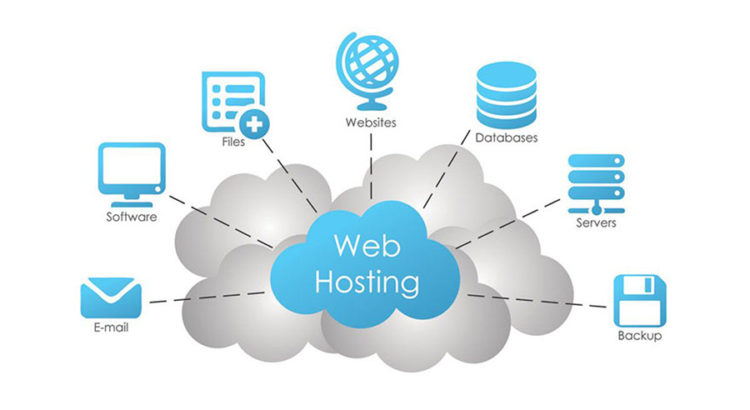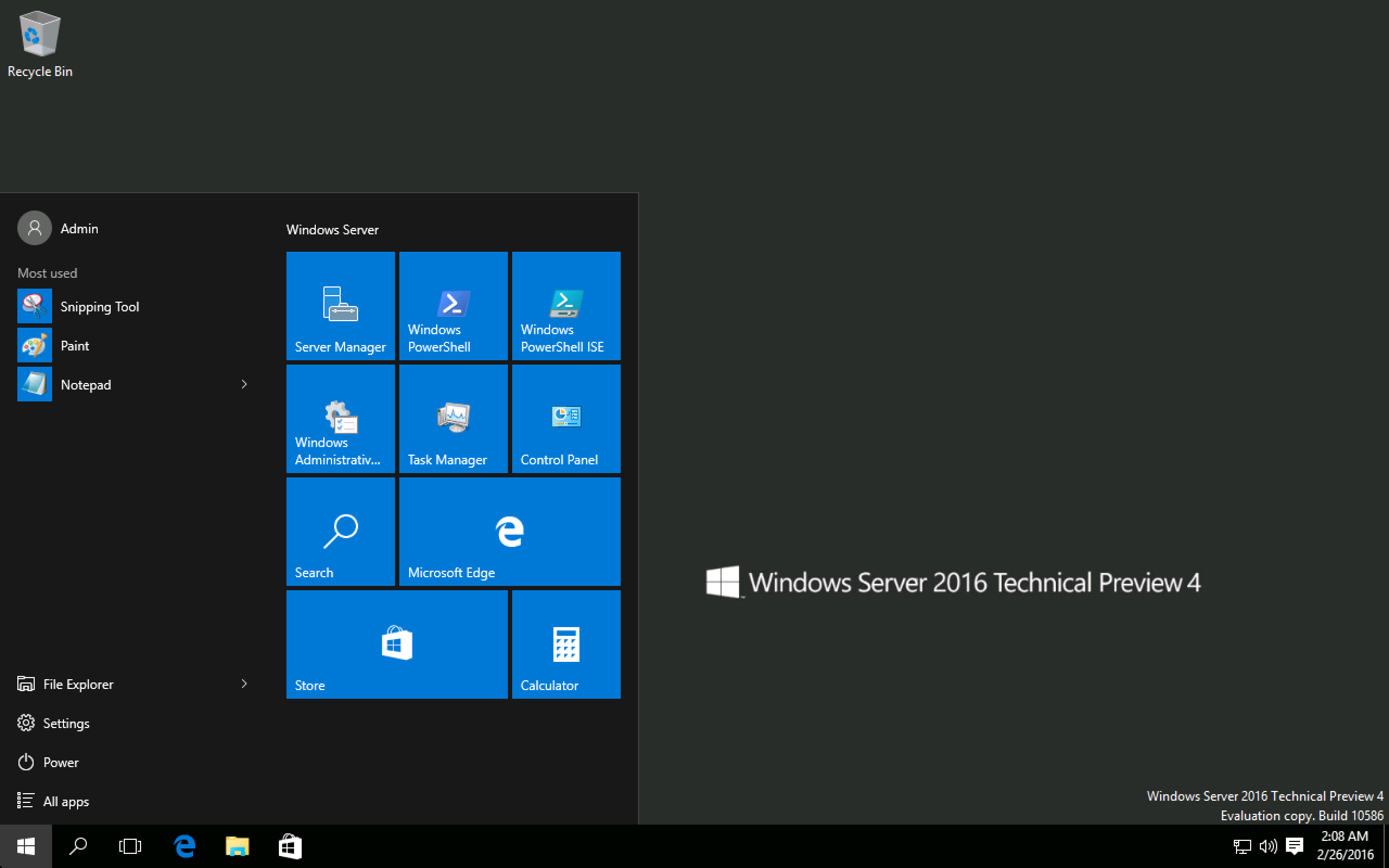
TLS and SSL are two types of encryption protocols. These two types have different encryption algorithms. Both protocols are valuable, but there are significant differences. Let's have a closer look at their major differences.
Authentication
TLS (SSL) and SSL (TLS) use client authentication in order to restrict access to authenticated clients. This authentication protects against attacks from external sources. It is accepted and widely used. However, client certificates must be installed on client computers and applications. This can be time consuming for system administrators and is not particularly intuitive for end users.
These two protocols use different cipher sets to encrypt data. TLS uses more powerful and sophisticated ciphers. TLS also boasts perfect forward secrecy. They also use different methods to transmit warning and error messages. TLS uses encrypted messages to send alerts, which can only be read by the intended recipients.

Encryption
The primary difference between SSL and TLS is how they encrypt data. SSL uses an algorithm called asymmetric encryption to secure data sent over a network. This type of encryption protects data with a private key and shared secret. These details are exchanged between clients and servers before any data is sent. This makes this encryption secure and reliable.
TLS1.0 has several vulnerabilities. The vulnerability known as BEAST was one of them. The BEAST exploit exploits a long-standing vulnerability in TLS 1.0 known as cipherblock chaining. This vulnerability allows an attacker force a server use weaker 512bit encryption keys.
Certificates
It can be confusing to understand the difference between SSL certificates and TLS certificates, especially if your aren't very familiar with internet protocols. TLS security protocols are more advanced than SSL certificates, which provide the same level in encryption. For those who aren't certain which protocol is best, you can read on to learn more.
SSL certificates and TLS certificate are digital certificates issued through a certificate authority. They are issued to the client with a cryptographic public key. This key is required for a secure connection. The certificate authenticates certificate authority as the owner and owner of the key.

Implementation
SSL and TLs provide internet traffic encryption. These protocols are based on cryptographic keys, which are computed over a Protocol message. They can also be used to verify data integrity. Both the client or the server use the session key to secure the connection. If both parties agree that encrypted data will be exchanged, the connection is secure.
TLS and SSL can be found in many free and open-source software projects. OpenSSL is a popular implementation of these protocols. CyaSSL and CyaSSL libraries are embedded into many web browsers. In addition to this, many popular software projects support SSL and TLs using these libraries. These libraries can support SSL and TLS Over TCP, a reliable protocol for datagram-oriented transport protocols.
FAQ
Is WordPress a CMS?
The answer is yes. It's a Content Management System. CMS allows you to manage the content of your website from within a web browser, instead of using applications like Dreamweaver and Frontpage.
WordPress is free! Hosting, which is usually provided by your ISP, is free.
WordPress was originally designed to be a blogging platform. However, WordPress now offers many options including eCommerce sites and forums, membership websites, portfolios and portfolios.
WordPress is easy and quick to install. Download the file from their website, and then upload it to your server. After that, you can simply access your domain name with your web browser.
After installing WordPress on your computer, you'll need a username and a password. Once you have logged in, a dashboard will appear where you can view all of your settings.
Here you can add pages and posts, images, menus, widgets and plugins. This step may be skipped if you feel confident editing and creating content.
If you prefer to work with a professional web designer, you can hire them to manage the entire process.
What is the cost of creating an ecommerce website?
It depends on the platform you choose and whether you use a freelancer to build your site or hire a service provider. Most eCommerce sites start at around $1,000.
Once you've chosen a platform you can expect to pay $500-$10,000.
The average cost of a template will not exceed $5,000. This includes any customization you need to make to fit your brand.
What Types of Websites Should I Create?
Your goals will determine the answer to this question. Your website should be able to sell products online. This will allow you to build a successful business. To make this happen, you'll need a reliable eCommerce website.
Blogs, portfolios, forums, and other types of websites are also popular. Each of these requires different skills and tools. For example, to set up a website, you need to understand blogging platforms such WordPress or Blogger.
When you choose a platform, you will also need to figure out how to customize the look of your site. There are many templates and themes available that can be used for free on each platform.
Once you have decided on a platform, you are able to start building your website by adding content. You can add images and videos to your pages.
It is now possible to publish your new website online. Visitors can access your website in their browsers once it is published.
Statistics
- It's estimated that in 2022, over 2.14 billion people will purchase goods and services online. (wix.com)
- Is your web design optimized for mobile? Over 50% of internet users browse websites using a mobile device. (wix.com)
- It enables you to sell your music directly on your website and keep 100% of the profits. (wix.com)
- In fact, according to Color Matters, a signature color can boost brand recognition by 80%. There's a lot of psychology behind people's perception of color, so it's important to understand how it's used with your industry. (websitebuilderexpert.com)
- The average website user will read about 20% of the text on any given page, so it's crucial to entice them with an appropriate vibe. (websitebuilderexpert.com)
External Links
How To
How do I choose between CMSs?
There are two types in general of Content Management System (CMS). Web Designers use Static HTML or Dynamic CMS. WordPress is the most widely used CMS. But when you want to make your site look professional and well-organized, you should consider using Joomla! The powerful, open-source CMS Joomla allows you to build any website design with no coding skills. It's easy to install and configure. Joomla is available in thousands of pre-made extensions and templates so that you don't have the need to hire someone to develop your site. Joomla is free to download. There are many benefits of choosing Joomla for your project.
Joomla is a powerful tool which allows you to easily manage every aspect your website. It provides features such as a drag & drop editor, multiple template support, image manager, blog management, a news feed, eCommerce, etc. Joomla's many features make it a great option for anyone who doesn't want to spend hours learning code.
Joomla supports nearly all devices. This is a great feature. You can easily create websites for multiple platforms with Joomla.
There are many reasons that Joomla is preferable to WordPress. There are several reasons that Joomla is preferred over WordPress.
-
Joomla is Open Source Software
-
Easy to Install and Configure
-
There are thousands of ready-made templates and extensions
-
You can download and use the software free of charge
-
All Devices Supported
-
Powerful Features
-
Solid Support Community
-
Very Secure
-
Flexible
-
Highly customizable
-
Multi-Lingual
-
SEO Friendly
-
Responsive
-
Social Media Integration
-
Mobile Optimized